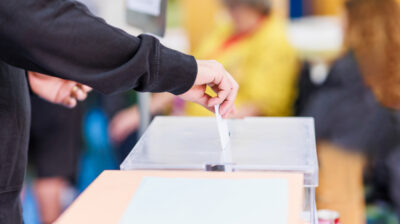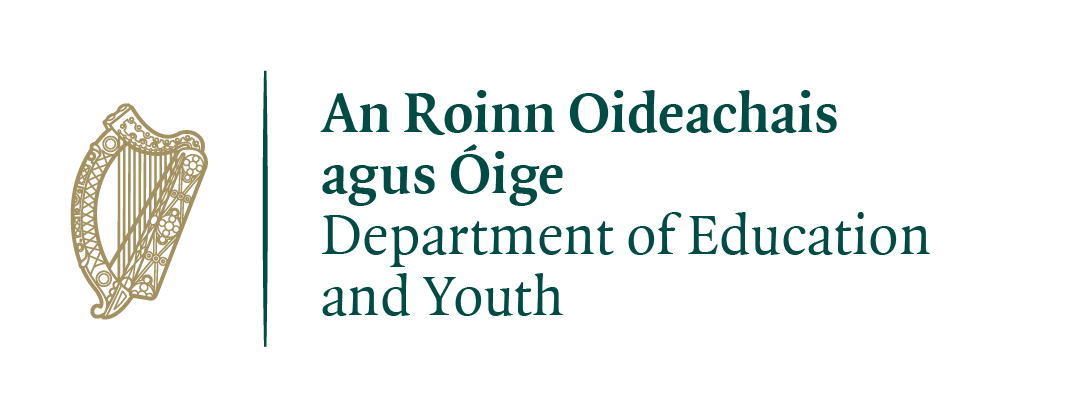How to register to vote in Ireland
Everything you need to know about how to register to vote in Ireland

If you would like to vote in Ireland, and you are eligible to vote, you need to ensure you are registered. How you register depends on a variety of conditions. This guide explains how to go about this, and how that may change depending on your situation.
How to register to vote in Ireland
In Ireland, you can register to vote online at Check The Register.
The Electoral Reform Act 2022, which came into effect in October 2022, changed how voter registration works in Ireland. The previous system was replaced by a Rolling Register of Electors. The Rolling Register will be continuously updated.
ChecktheRegister.ie is where you can go to check whether you are registered to vote in Ireland. There, you can also add additional information, or change information such as your address, PPS number, and more, if you are already registered but some of the information is incomplete or out of date.
When you are applying to register to vote online, you will need:
- Your PPS number
- Your date of birth
- Your Eircode
Where do I find this information?
Your Personal Public Service (PPS) number is a unique identifying number issued by the government to help you access social welfare and other services in Ireland.
You can find your PPS number on your:
- Public Services card or Social Services card
- Medical card or GP visit card
- European Health Insurance card
- Drugs Payment Scheme card
- Letters from the Department of Social Protection or Revenue.
- Payslips from your employer in Ireland
Eircode is the national postcode system in Ireland. You can use the Eircode Finder to find your Eircode.
When can I register to vote in Ireland?
You can register to vote at any time, but there is a cut-off point to be considered. Where an election or referendum has been formally called, applications to register to vote must be received by your local authority (or county council) 15 days before that electoral event.
Sundays, public holidays and Good Friday are not counted as days, so it is important to double check when an election or referendum is to take place so you know when the cut-off is. If your local authority does not get your form on time, it can’t consider it for that election or referendum, so you will not be entitled to vote.
Check the Register’s home page is often updated to include cut-off days for specific electoral events.
Applying for postal votes and other special conditions
You can also register to vote by downloading the relevant forms from Check The Register.
These forms can be used to apply for a number of special conditions relating to voting. There are also some situations in which applying using a form, as opposed to applying online, is necessary.
These include:
- If you are asked by your local authority to use a form
- If you do not have a PPS number
- If you do not have an address
- If you would like to apply for a postal vote for any reason, including reasons of disability, or reasons relating to work or school that prevent you from attending a polling station
- If you live in a nursing home, hospital, or similar institution and cannot go to a polling station for reasons of disability or illness
- If you need to apply to be an anonymous elector, meaning that your name is not publicly listed on the register of voters, if publishing that information could be harmful to you or someone in your household
You can find out more about applying for special accommodations for voting relating to disability here.
There are time limits to when you can apply for a postal vote for elections. The FAQ on Check The Register provides these cut-off dates.
I’ll be 18 on or before polling day, but not before the deadline to register. Can I still register to vote in Ireland?
You can still register to vote if you will be 18 on or before polling day, even if you have not yet turned 18 by the deadline to register. A separate list, called a pending list of electors, exists for people aged 16 or 17 to register in advance of being legally allowed to vote.
You can use the regular registration process online to pre-register to vote. If you do this, your name will be added to the register when you turn 18.
Need more information, advice or guidance?
We offer information, advice and guidance about the issues that matter to you. Our online Youth Information Chat service is for 16 to 25 year olds and is available Monday to Friday, 4pm to 8pm (excluding Bank Holidays).






